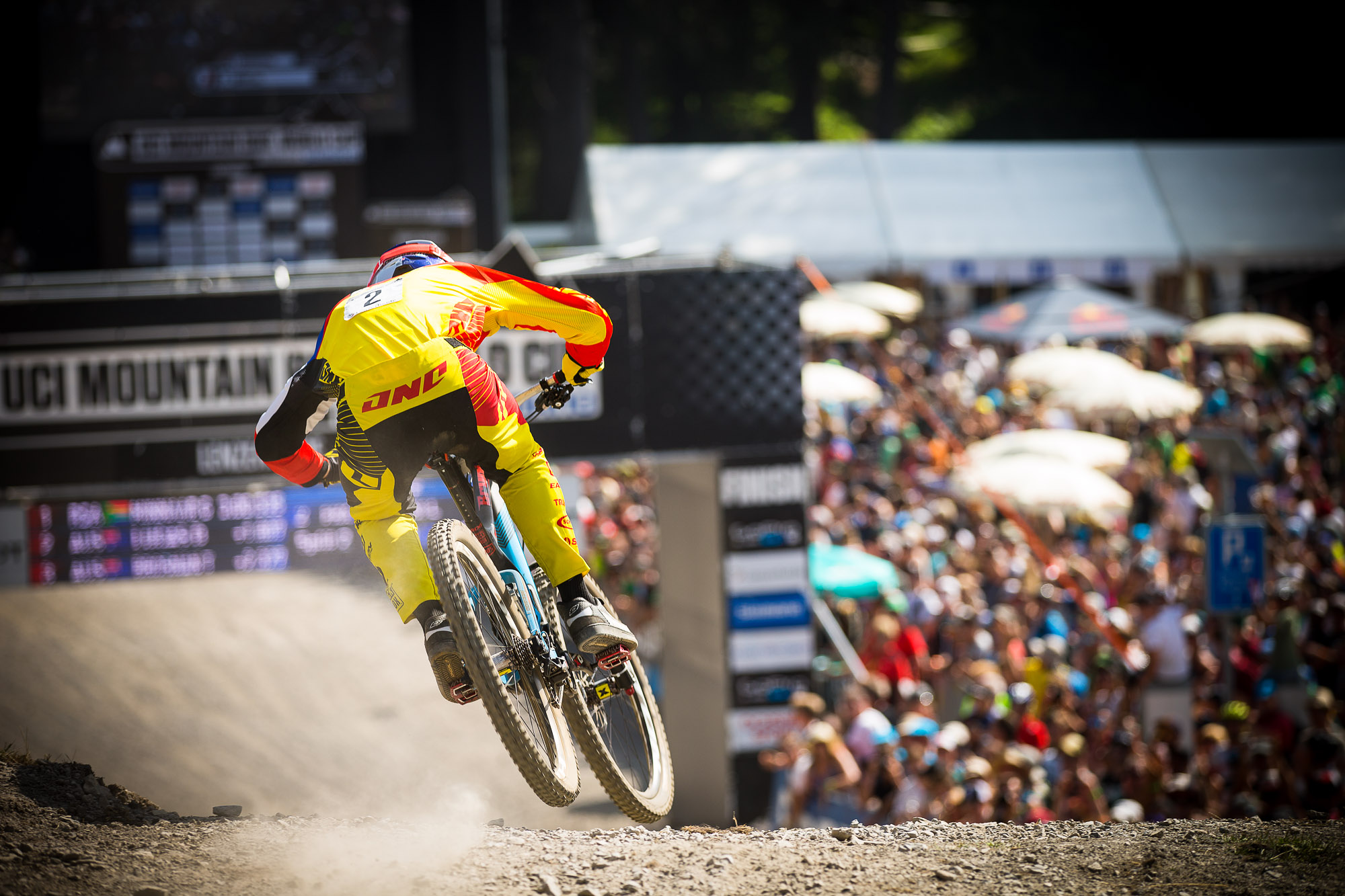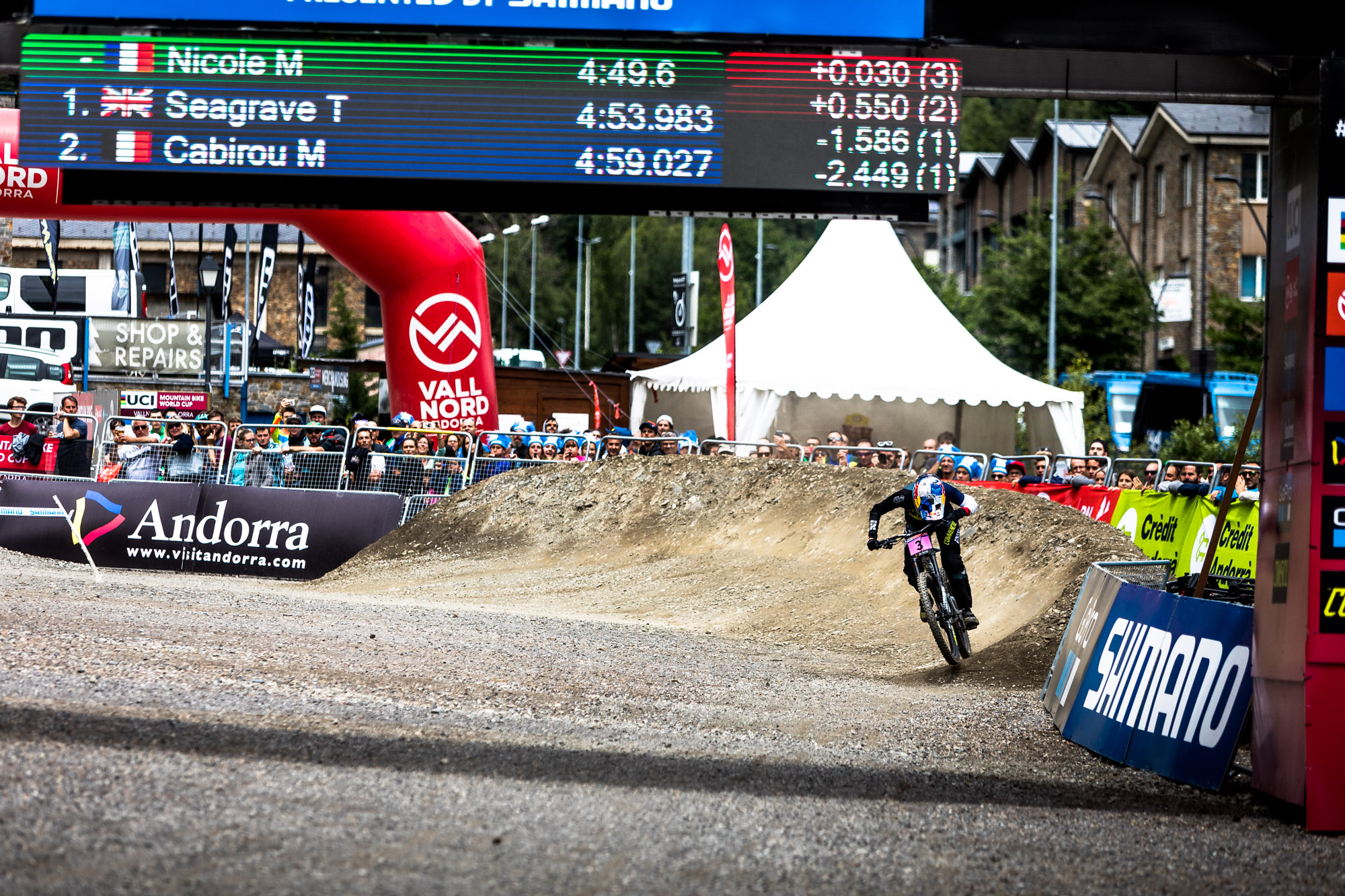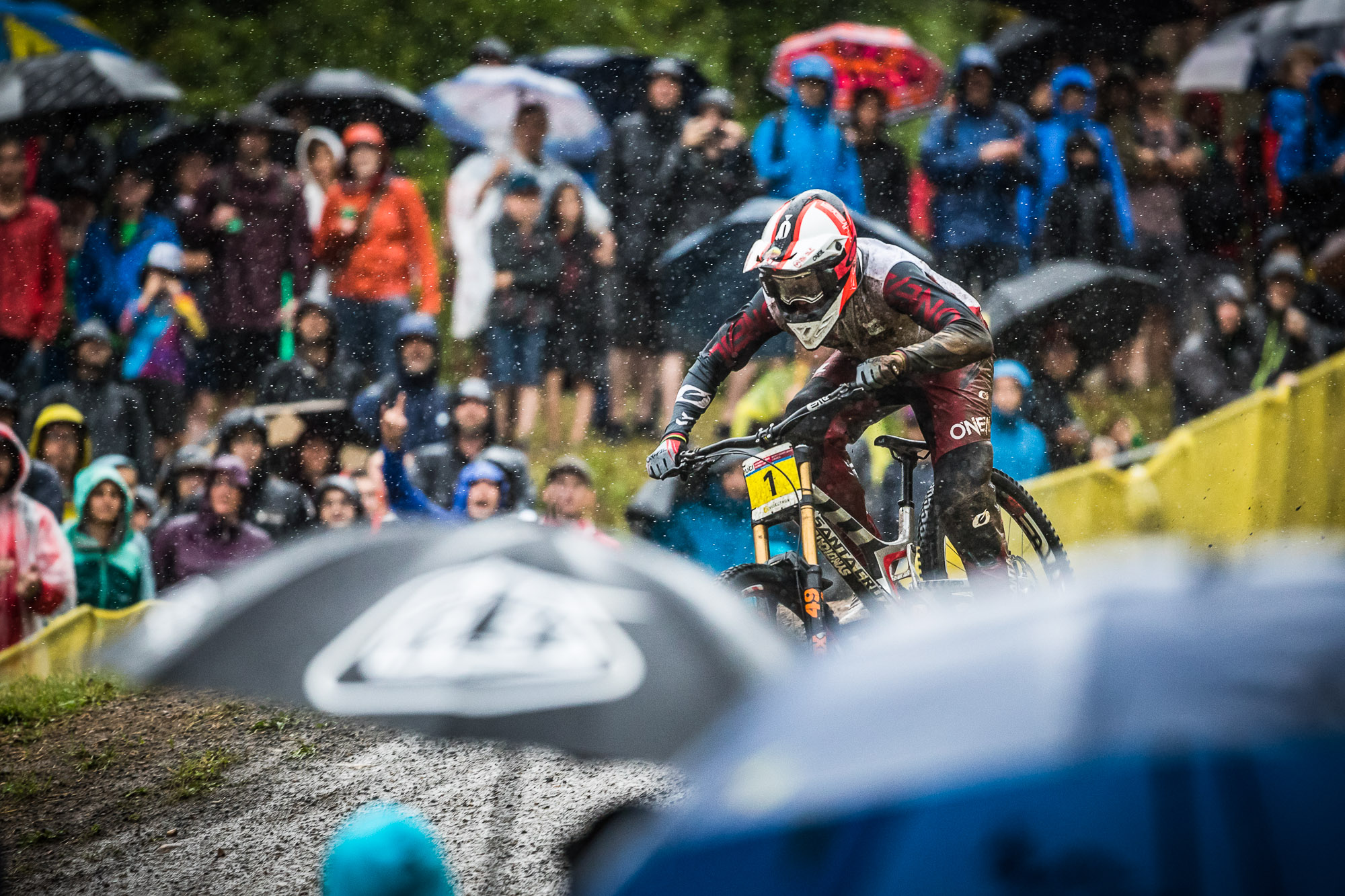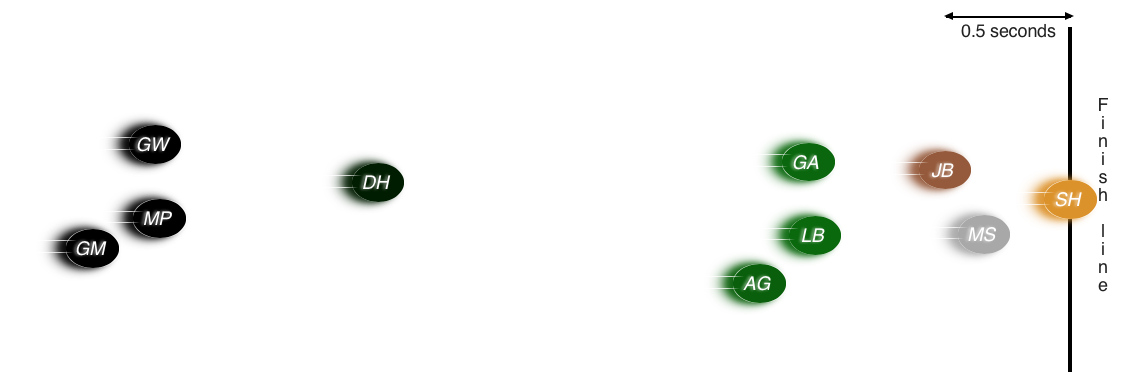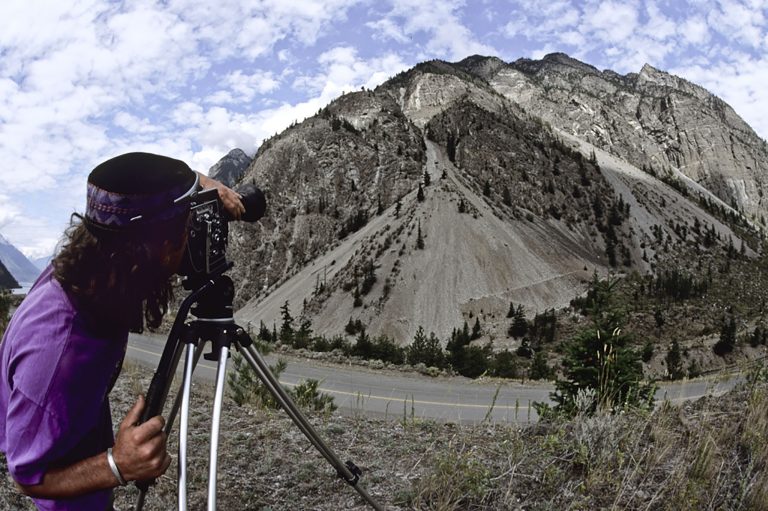A rock skittering onto your line, a root still greasy with the morning dew, a camera flash sparking from the trackside, in the pulse-pounding, high-stakes world of downhill, the smallest variable can make all the difference.

With just three minutes to lay down your best, there simply is no room for error in this cut-throat world. Those that can find the hair’s breadth of space are beatified as heroes, those the other side of that line can only slink back to the pits to stew for a fortnight until they do battle again.
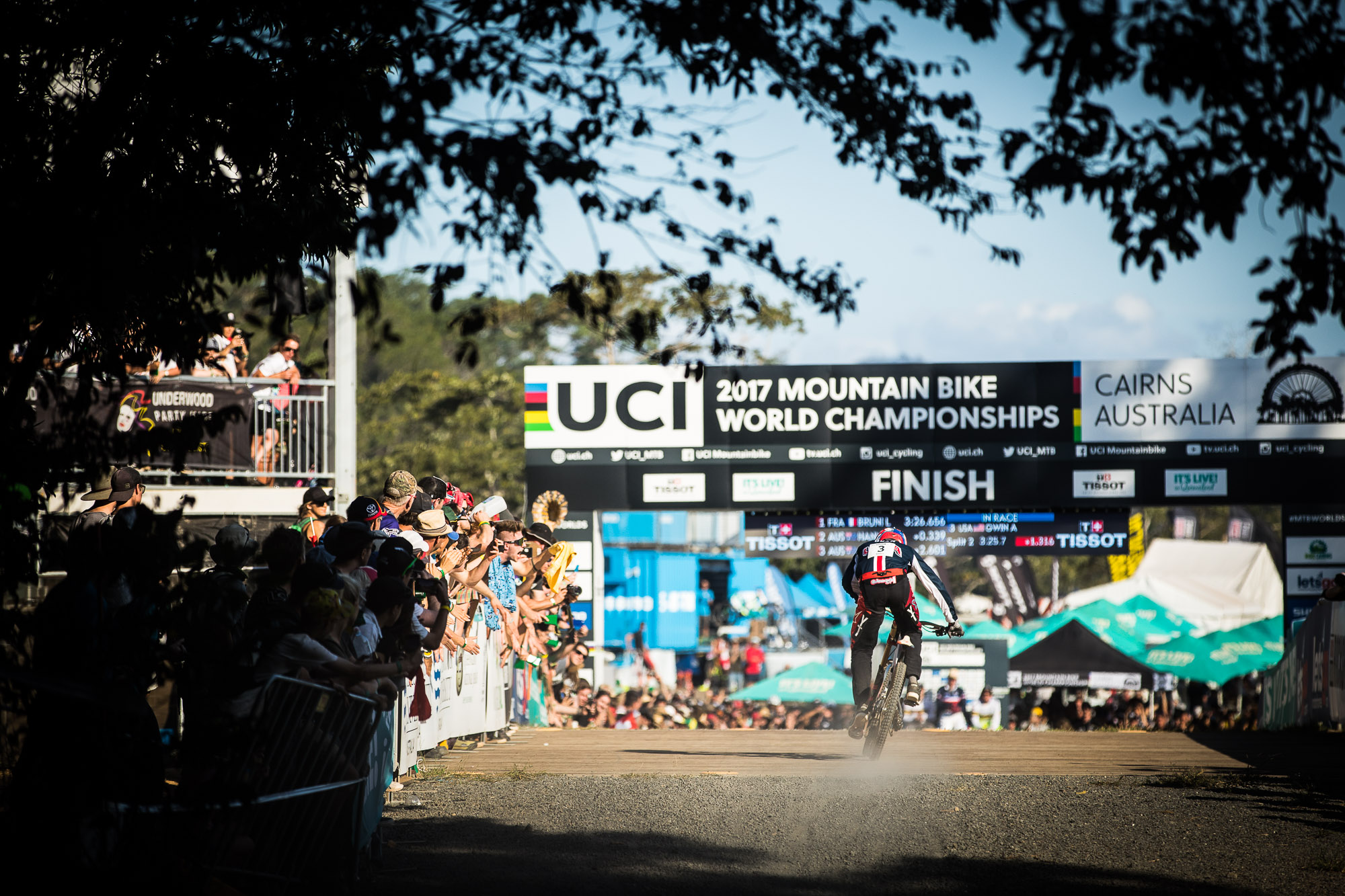
The closest winning margin for the past few years has been Leogang 2015 – 0.045 seconds. Gwin’s chainless run just denied Connor Fearon of his first ever World Cup win. To put that into context, Usain Bolt won the gold medal in the 100m sprint in the Beijing Olympics by 0.2, a four times greater margin in an event that lasts only 10 seconds.

In fact, ten races in the last four years have been won by less than a second, with the average margin coming in at around 1.7 seconds (although this could be a bit skewed by anomalies such as Gee’s bog run in Cairns, which gave a huge margin 4.2 seconds in freak conditions).
In the men’s field it’s as tight as Troy Brosnan’s trousers week-in, week-out. You can’t help but admire the level that all these guys are pushing to just to stay in touch.
But what affects the winning margin? Where are the patterns? And does the conventional wisdom that easier tracks produce closer winning margins stand up to scrutiny?

